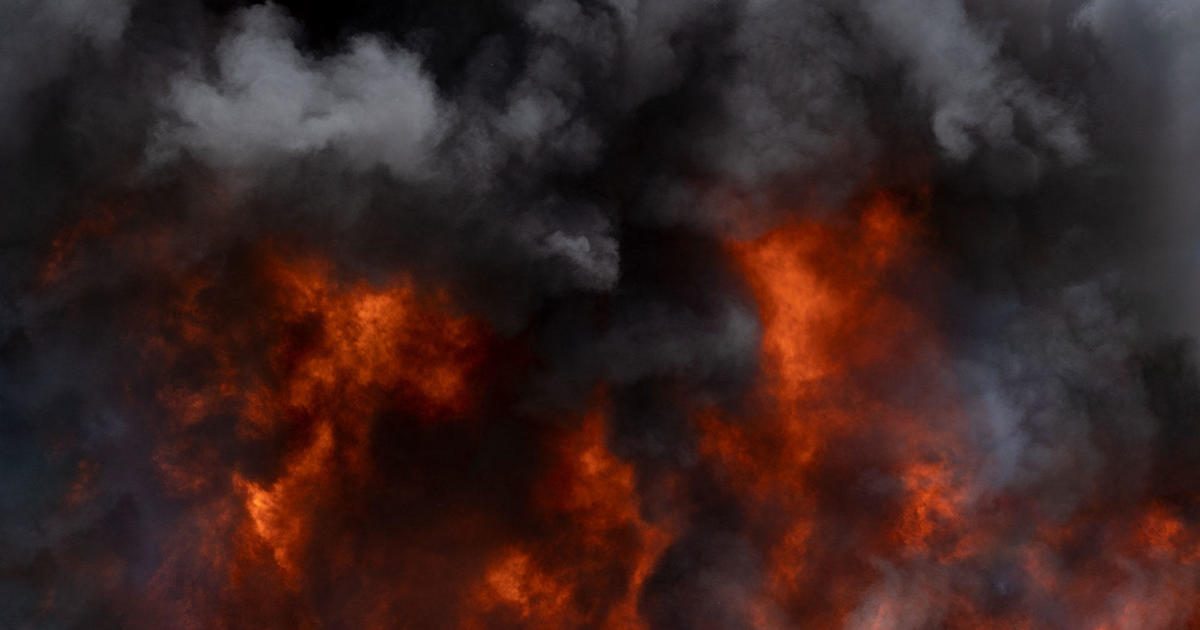Journey Inside A Bear's Den In Northern Minnesota
GRAND RAPIDS, Minn. (WCCO) -- The way black bears survive Minnesota winters seems like one of nature's wildest stunts.
WCCO reporter Erin Hassanzadeh and photojournalist Joe Berglove tag along with researchers in Grand Rapids who hope to learn how to keep them healthy.
__________
Minnesota Department of Natural Resources bear biologist Andrew Tri and his team navigates waist-deep snow, under the canopy of the Chippewa National Forest with a 100-pound pack -- all to find "Bear 6080."
"So we have about a half-a-mile trek through this cedar swamp before we get to the sight and researchers start doing their work," Tri said.
The crunch of our snowshoes gives way to deafening silence. Then comes the beeping of a GPS tracker. And early signs of what we've found at a den is not what Tri expected. He told us the Bear 6080, a female, was due for cubs.
MORE: Black Bear Researchers Study The Secrets Of Hibernation
"That's strange we haven't heard anything yet," Tri said. "She's tiny though."
Finding Bear 6080 is one thing, but getting to her is another. Tri's team had to gently shovel out snow, ever so quietly, to avoiding startling her during hibernation. After uncovering the opening she crawled into months ago, it was time to go head-first into the den in order to sedate her.
"It requires some steeling of nerve the first time you do it," Tri said.
After waiting for that to kick in, we move in, also going head-first into the bear's earthy tunnel. It is lined with roots, and reeking of soil. Tri and his crew believe Bear 6080 has been in the den since September or October.
When this mama bear is pulled from her den and placed on a makeshift check-up table, researchers find their first surprise. She weighs 127 pounds, but she should weigh around 200. And that's probably the reason for the next curveball. There are no cubs, even though she's had them before. And she is 11 year old, which means she's in the prime of her reproductive years. Tri says this is a pretty rare situation.
"We had a really bad food year last year, one of the worst we've had since we started recording in the 80s," he said. "It's quite possible that her body told her you don't quite have what you need to make it through."
Other than that, Bear 6080 is healthy. Her checkup includes hair samples, blood draws, body fat measurements, tooth checks, and even an EKG and ultrasound.
Our changing environment is changing these bears. Dave Garshelis, a retired DNR bear researcher, would know.
"I started in 1983, and we've been doing this every winter since then," Garshelis said.
Since the start of this project in 1981, food sources for bears dropped 70%. But they learned to adapt.
"Most of our bears are just as fat as they were prior to the 70% decline. The same reproduction is going on, the same cub survival is going on, but the bears increased the size of their home range. They're now having two-thirds of the area to get enough food," Garshelis said.
"Basically we have bears in a ton of areas we never thought we did," Tri said.
They're also hibernating in above-ground nests more often, potentially because of flooding. There are bouncing back, despite ever-growing threats.
"Things are always changing in the bear world, and being able to monitor what's going on with the bear population is really important," Tri said.




